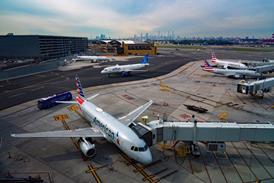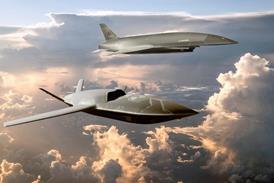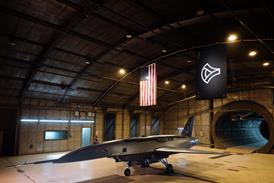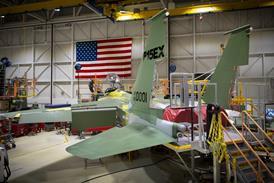Jon Lake
The Rafale was the first European fighter to use a radar with an electronically scanned antenna, in the shape of the Thales RBE2.
Technologically interesting, and with some powerful capabilities including an impressive ability to operate in air-to-air and air-to-ground modes simultaneously, the RBE2 was able to dispense with the heavy and complex hydraulic drives required by mechanically scanned radars, with consequent serviceability and reliability advantages.
But there were disadvantages, too, and there have been widespread reports that the passively scanned RBE2 has modest range capability, while the Passive Electronically Scanned Array (PESA) configuration had a single-point of failure, unlike an AESA array.
It was also reported that the lack of an AESA radar counted against Rafale in some export competitions. There have also been reports of heat problems in the cramped confines of the Rafale’s radome. Moreover, and most seriously, it was soon clear that the RBE2 would be inadequate fully to exploit the capabilities of the new Meteor air-to-air missile.
An AESA radar promised real improvements in detection and tracking range, in angular coverage and reliability, as well as providing the aircrew with improved situational awareness and better ECCM capability. The use of large numbers of separate and autonomous transmit/receive modules virtually eliminates major mechanical failures because of the built in redundancy. Modules can fail without significantly affecting overall radar performance, and any degradation is gradual.
The programme to provide Rafale with an AESA radar began in 1999, even before the Rafale had entered service. Initial development studies for an airborne AESA array for the Rafale led to a fully funded demonstration programme in April 2002, when the DGA, the French defence procurement agency, commissioned Thales to develop the RBE-2AA or DRAA (Démonstrateur Radar à Antenne Active, or Active Array Radar Demonstrator) demonstrator.
Steering functions
From the beginning, the new AESA array was designed to conform to a ‘plug-and-play’ concept, using the same radar ‘back end’ and maximising the reuse of hardware and software. Because the basic PESA RBE2 variant now in service is already an electronically scanned radar, it uses the same beam steering functions as an AESA radar, and has similar beam agility, requiring much the same time management algorithms. Changes to adapt the radar to the new AESA array are thereby kept to a minimum, and there is no need for major modifications to the overall radar architecture.
Dassault claim that the passive and active arrays “are thus totally interchangeable, so that all French Rafales will have the capability to be equipped with an AESA”. Because there was no plan to increase the Rafale’s nose diameter, the new radar will occupy much the same volume as the present set, though some equipment will have to be removed or relocated. Some believe that the opportunity should have been taken to increase the diameter of Rafale’s nose to allow a larger diameter array to be fitted, and that the present 55-cm diameter array will be deficient in range compared to the AESA arrays in, or planned for the F-15, F/A-18E/F Super Hornet and Typhoon.
The DRAA demonstrator first flew in December 2002, in a Cazaux-based Mystere XX testbed. The same radar was subsequently flown on the first production two-seat Rafale (B301) in May 2003, and on a CEV Mirage 2000.
The DRAA demonstrator was followed by the DRAAMA (Démonstrateur Radar à Antenne Active Modes Avancés, or Active Array Advanced Modes Radar Demonstrator) programme. This was launched by the DGA in July 2004, and differed from the earlier demonstrator in using European-supplied transmit/receive modules.
The DRAAMA radar will fly in 2008, initially in a Falcon testbed, and later in a Rafale, and will prove technologies for the production AESA radar to be used by ‘Roadmap’ Rafales. The first two series AESA radars were ordered on October 6, 2006, and the complete batch will be commissioned when the ‘Roadmap’ Rafales are ordered.
The new radar will be qualified in 2009, leading to evaluation in 2010 and delivery of the first production standard set in 2011, ready for the first post-F3 standard ‘Roadmap’ Rafale.
Source: Flight Daily News























